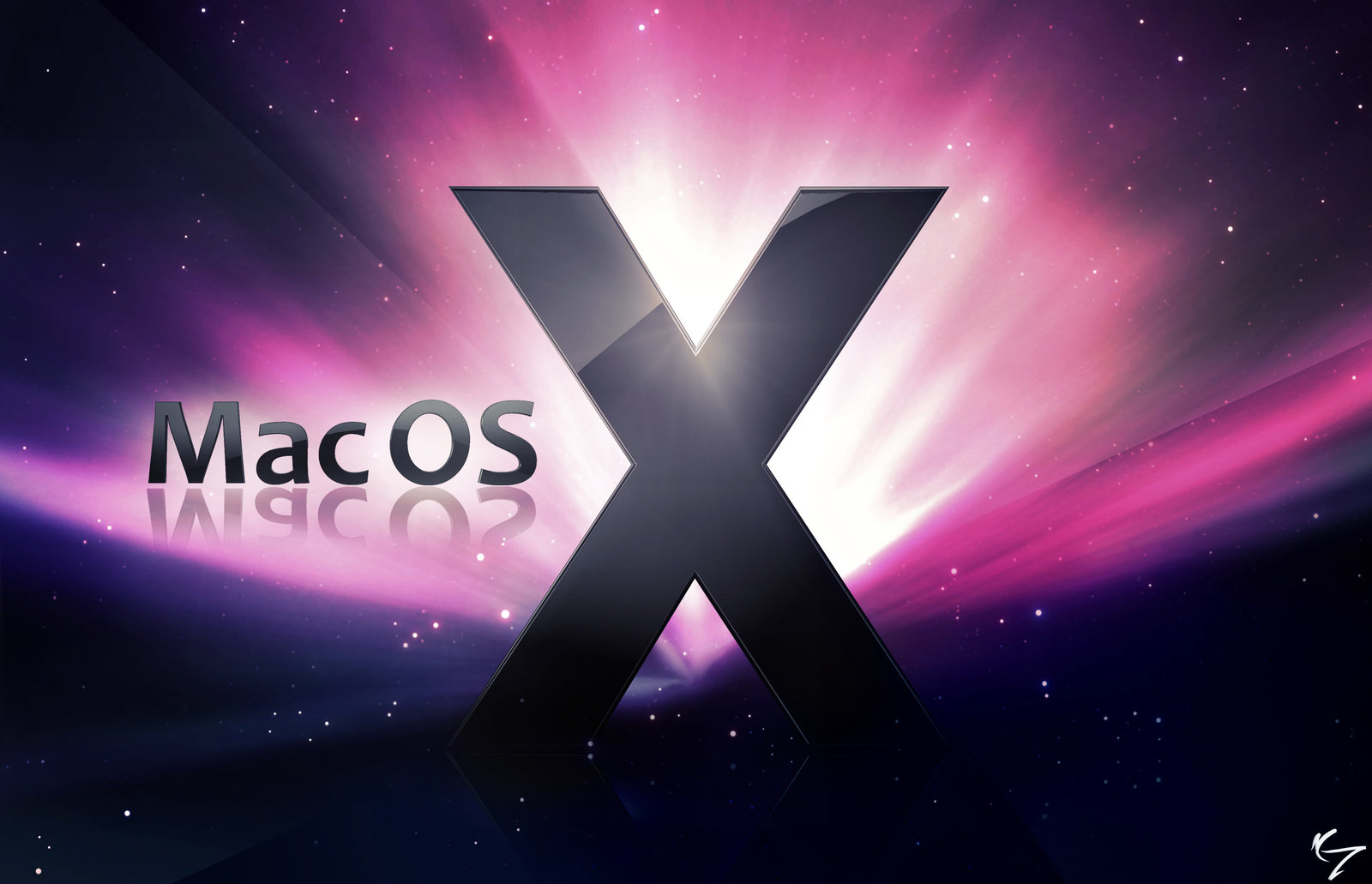- Related Questions & Answers
- Selected Reading
The Unix underpinnings provided Mac OS X with something long lacking in the Mac OS: stability and performance. Prior versions of the Mac OS lacked protected memory, which meant that when one app. Mac’s version is a bit more systemwide, with some older Windows dialogs still not darkened. The Windows 10 May 2019 Update adds a Custom option, which lets you decide whether you want dark.
- Mac OS X can only be run on systems built by Apple, such as the Mac mini, iMac, etc. This means that if you want to run Mac OS X without hacking it and then running it illegally, you will have to buy an Apple computer, which are more expensive than normal PCs, and may break your bank. Also, Mac OS X is, like Windows, mainly closed-source.
- Download Explain Everything Player for macOS 10.11 or later and enjoy it on your Mac. Plays.EXPLAIN &.XPL screencast projects and presentations created using Explain Everything on iPad. You can play EE projects directly transferred from your iPad, without the need for compressing them into MP4 movies.
- Mac OS is Apple's desktop and laptop computer operating system, and the software that powers the Mac. Based on BSD UNIX and technologies developed at NeXT, which Apple acquired in 1996, it was first released as a public beta code-named Kodiak in 2001. OS X Mavericks, was publicly unveiled at WWDC 2013 and released in the fall. The next version, OS X 10.10 Yosemite was shown off at.
The Mac OS is a graphical operating system developed by Apple Inc. The tenth version of the Mac OS is the Mac OS X which was launched in 2001.
The structure of the Mac OS X includes multiple layers. The base layer is Darwin which is the Unix core of the system. Next layer is the graphics system which contains Quartz, OpenGL and QuickTime. Then is the application layer which has four components, namely Classic, Carbon, Cocoa and Java. The top layer is Aqua, which is the user interface.
A diagram that demonstrates the structure of Mac OS X is as follows −
Components of the Mac OS X Structure
Details about the different components of the Mac OS X structure as seen in the image above are as follows −
Core OS
The Darwin Core is based on the BSD (Berkeley Software Distribution) version of Unix. Mach is the main part of the Darwin core and it performs operations such as memory use, data flow from and to CPU etc. Darwin is also open source i.e. anyone can obtain its source code and make modifications to it. Different versions of Darwin can be used to enhance the Mac OS X.
Some of the major features of the Darwin core are protected memory, automatic memory management, preemptive multitasking, advanced virtual memory etc. It also provides I/O services for Mac OS X and supports plug-and-play, hot-swapping and power management.
Graphics Subsystem
The graphics subsystem in the Mac OS X contains three parts i.e. Quartz, OpenGL and QuickTime. The 2-D graphics in the graphics subsystem is managed by Quartz. It provides fonts, interface graphics, rendering of the images etc. OpenGL provides support for 3-D graphics in the system such as texture mapping, transparency, antialiasing, atmospheric effects, special effects etc.
It is also used in Unix and Windows systems. QuickTime is used for different digital media such as digital video, audio and video streaming etc. It also enables creative applications such as iMovie, iTunes etc.
Application Subsystem
The application subsystem in Mac OS X provides the classic environment to run classic applications. Carbon, Cocoa and Java are the three application development environments available.
The classic environment makes sure that applications written for the previous versions of the operating system can run smoothly. The carbon environment is used to port existing applications to carbon application program interfaces. This is called carbonising the application. The cocoa environment provides object-oriented application development environment. The cocoa applications use the benefits of the Mac OS X Structure the most. The Java applications and Java applets can be run using the Java environment.
Explain Everything Mac Os X Download
User Interface

Mac Os X Leopard
Aqua is the user interface of Mac OS X. It provides good visual features as well as the tools to customize the user interface as per the user requirements. Aqua contains extensive use of colour and texture as well as extremely detailed icons. It is both pleasant to view and efficient to use.